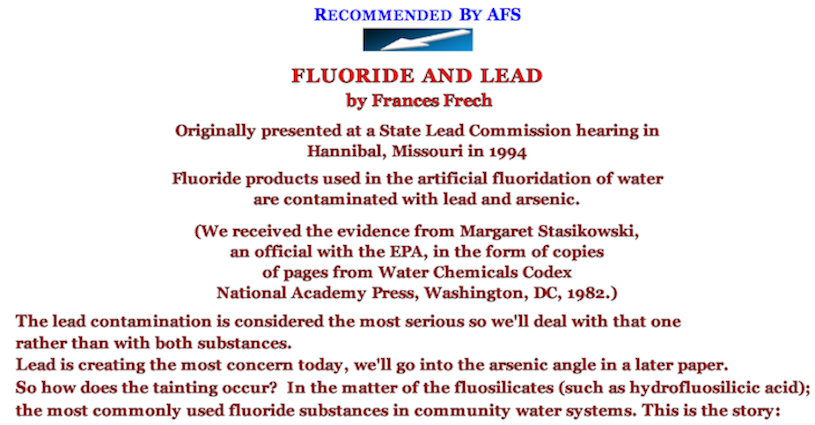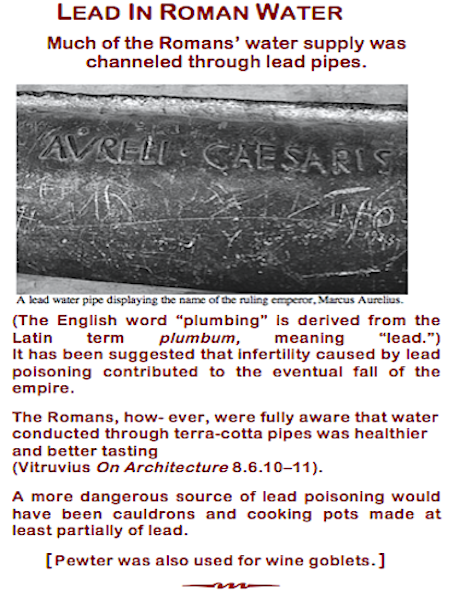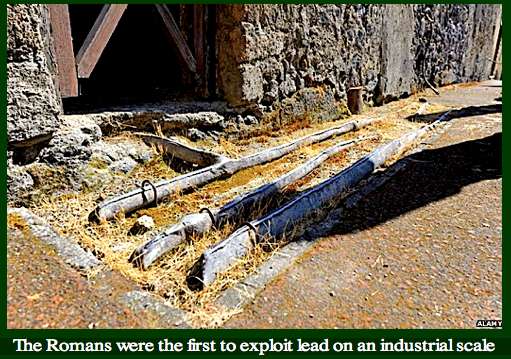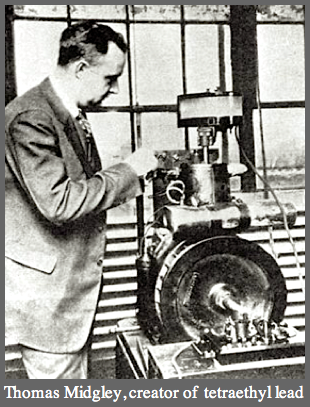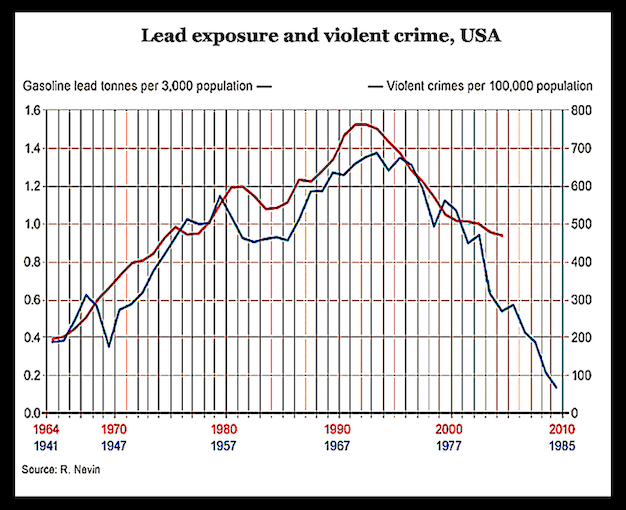Perchlorate can be both man-made and naturally occurring.
Man-made perchlorate is used in rocket fuel, fireworks
and some fertilizers, and some contamination has
been found near military bases …
11 ApriL 2014
BJAndraski, WA Jackson, TL Welborn, JK Bohlke,
R Sevanthi, and DA Stonestrom.
Soil plant, and terrain effects, on natural
perchlorate distribution in a desert landscape.
Journal of Environmental Quality.
Naturally occurring perchlorate in a Nevada desert is four times higher than
previously reported and the amount falling from the atmosphere
is about 10 times higher than scientists thought, according to a
new federal study. It is the first to document how natural
perchlorate cycles from the air to land on plants.
Levels of naturally occurring perchlorate are higher than expected in Nevada’s Amargosa desert.
Naturally occurring perchlorate in a Nevada desert is four times higher than previously reported and the amount falling from the atmosphere is about 10 times higher than scientists thought, according to a new federal study.
The study is the first to document how natural perchlorate cycles from the air to land and plants. The findings can help communities pin down sources of the drinking water contaminant, which has been linked in some studies to disruption of thyroid hormones.
Perchlorate can be both man-made and naturally occurring. Man-made perchlorate is used in rocket fuel, fireworks and some fertilizers, and some contamination has been found near military bases and their contractors. As a result, the Pentagon and defense industries have been implicated in contamination of water supplies and food crops.
In the new study, U.S. Geological Survey and Texas Tech University scientists measured natural perchlorate in plant leaves, topsoil, rain and dust at a federal research site in southwestern Nevada’s Amargosa Desert. The soil had about 10 to 20 grams of the contaminant per 2.5 acres, which is about 4 times higher than previous studies that looked at deeper soil have reported.
Photos by Ken Lund/
PERCHLORATE HAS BEEN LINKED TO EFFECTS ON THYROID HORMONES
“We found that high levels of natural perchlorate can accumulate in shallow soil,” said Brian Andraski, a research hydrologist with the U.S. Geological Survey in Nevada and lead author of the study, which was published in the Journal of Environmental Quality. “If this native desert is ever converted to irrigation, or climate change leads to increased precipitation … the natural perchlorate is highly soluble [and] could flush to groundwater.”
The setting of drinking water standards for perchlorate has been highly controversial. California discovered the chemical was widespread in its drinking water about two decades ago, and in 2007 set a maximum contaminant level of 6 micrograms per liter for drinking water.
However, there is no federal drinking water standard for perchlorate. The Environmental Protection Agency announced plans in 2011 to regulate it but no standard has been set.
About 4 percent of U.S. public water systems have detected perchlorate. Between 5 million and 17 million people may be drinking water with traces of the chemical, according to EPA estimates.
The amount of perchlorate found in the Mojave Desert, if flushed into groundwater, could contaminate about a quarter million gallons of water per acre under California’s standards.
The scientists also found that officials have been under-estimating how much natural perchlorate comes from the atmosphere because they’ve only looked at rainfall. By including dust, aerosols and other dry deposited materials, they reported that the atmosphere contributes 10 times more natural perchlorate than was previously reported in the Southwest U.S.
Leaves – mostly from the creosote bush – contain about 1 to 2 grams of perchlorate per 2.5 acres, the study found. The leaves are important to perchlorate cycling in the desert because they pick up the contaminant from the soil, and return it when the leaves fall.
“Our study identified high levels of natural perchlorate in desert soils and in the leaves of shrubs, and other research has documented that livestock and wildlife ingest soil and browse desert shrubs,” Andraski said. “The transfer of perchlorate from soil through plants to higher organisms may contribute to perchlorate exposure in a desert ecosystem.”
[[ Environmental perchlorate and thiocyanate exposures and infant serum thyroid function. ]]
Some studies have linked perchlorate to effects on pregnant women’s iodine and thyroid hormones. But results have been mixed on whether these changes could affect children’s health. Maternal thyroid hormones are essential for fetal brain development.
10 April Perchlorate abundant in desert. Naturally occurring perchlorate in a Nevada desert is four times higher than previously reported and the amount falling from the atmosphere is about 10 times higher than scientists thought, according to a new federal study. Environmental Health News.
23 August Greener flares better for the environment. As regulation surrounding soil and groundwater contamination increase, the simple act of training on a military range can have wide reaching implications. Researchers are working to make the tools of the military a little more green and in their most recent work have replaced the perchlorate salts in flares.
23 August Water company gets rid of dangerous chemical perchlorate without raising fees for customers. Thanks to a resin-based filtration system, the Fontana Water Company is providing clean water, free of the dangerous chemical perchlorate, to thousands of local homes. Fontana Herald News, California.
17 August Fontana Water Co. restores perchlorate-contaminated well. The water company for this city of 200,000 is about to restore water from a well that had been lost to pollution since 1997. The well had been capped because its perchlorate contamination levels were rapidly climbing to the state safe water drinking standard. San Bernardino County Sun, California.
21 June NASA making cleanup progress in Pasadena. A NASA-funded treatment plant in Pasadena has removed hundreds of pounds of toxic residue left over from the Jet Propulsion Laboratory’s early rocket-building days. The space agency agreed to pay for cleanup after perchlorates from rocket fuel was detected in several area wells. La Canada Valley Sun, California.
21 May Indio area under water emergency. The Indio Water Authority has begun providing water on an emergency basis to a neighborhood of more than 100 homes after samples taken from a well detected high levels of perchlorate. Palm Springs Desert Sun, California.
9 April Archaea feed on perchlorate. Microbes of the archaea group have been found to feed on perchlorate. The findings demonstrate that biological breakdown of perchlorate (ClO4–) into chloride is more widespread than previously realized. Chemical & Engineering News.
7 April Some deep-sea microbes are hungry for rocket fuel. Researchers in the Netherlands have found that a microbe from deep beneath the ocean can breathe a major ingredient in rocket fuel: perchlorate. All Things Considered, NPR.
5 April Breathing perchlorate. About 20 years ago, investigators discovered that perchlorate, a synthetically produced chemical widely used in rocket propellants and explosives, was present at trace levels in many water supplies across the United States. Science.
27 March Goodrich Corp. to help clean up perchlorate in Rialto, California, groundwater. The Goodrich Corp. has agreed to pay at least $21.5 million to help clean up a giant perchlorate plume contaminating groundwater in the Rialto and Colton areas of San Bernardino County caused by Cold War-era munitions plants, federal authorities said Tuesday. Los Angeles Times.
8 February Hands off New Jersey’s drinking water. Would you like some perchlorate with your glass of water? Ever hear of it? It’s a component of rocket fuel. How about radon, the radioactive gas in some basements? These and other contaminants in New Jersey drinking water are permitted without restriction, thanks to Govs. Jon Corzine and Chris Christie. Newark Star-Ledger, New Jersey.
27 January Ten years after toxic plume, Morgan Hill and surrounding communities work to find normalcy. Ten years ago this month, community leaders were shocked by the discovery that a company that manufactured road flares here had disposed of toxic chemicals improperly, creating a 10-mile-long underground plume of perchlorate, a chemical used in rocket fuel. After a decade of cleanup work and millions of dollars in studies, however, the perchlorate problem is now slowly ebbing into history. San Jose Mercury News, California.
10 December EPA finishes hauling off contaminated soil on Barstow residential property. After removing 98 truckloads of perchlorate-contaminated soil, the U.S. Environmental Protection Agency on Friday purged a 5-acre parcel of residential property of a pollution source, which for a brief period in 2010 halted the drinking use of this city’s water supply. Contra Costa Times, California.
6 December $50 million and counting for Southern California pollution settlements. Court settlements totaling $51 million in the Rialto perchlorate pollution case could mean hundreds of dollars in refunds to residents who for years paid drinking water surcharges to help cover the cost of cleaning up the mess left by an array of industries. Riverside Press-Enterprise, California.
4 December Barstow: EPA to remove contaminated soil. Crews have begun excavating chemical-laden soil in and around a Barstow property believed to be the source of contamination that forced a shutdown of the city’s drinking water supply in late 2010. Crews hired by the U.S. EPA began work to remove 1,100 tons of soil contaminated with perchlorate. Riverside Press-Enterprise, California.
12 November Well dug in road in Valencia. The Army Corps of Engineers is drilling a well in Valencia as part of an ongoing effort to monitor water samples downstream from the Whittaker-Bermite property, said Jim Leserman, senior engineer and project manager of the perchlorate project for Castaic Lake Water Agency. Santa Clarita Signal, California.
27 October $5.7 million perchlorate settlement reached. Companies that produced fireworks at a Rialto, CA, industrial site where perchlorate contaminated the water supply have agreed to pay $5.7 million — the first of three settlements expected to total more than $100 million, officials said. Riverside Press-Enterprise, California.
21 October Iowa city residents face water question. A plume of perchlorate – an oxygen and chlorine compound that can affect the thyroid – is lurking beneath the ground on the south end of Hills, Iowa. As the plume shifts, Hills residents are left with a choice: Approve a municipal water utility or continue to do nothing and run the risk of more wells being affected by the perchlorate. Iowa City Press-Citizen, Iowa.
15 October Iowa town to vote on public water system. Nine years after the Environmental Protection Agency discovered perchlorate in some of Hills’ drinking water, the Iowa town of less than 800 is just one ballot measure away from installing a public water system that was voted down by the public in 2007 due to its cost. Cedar Rapids KCRG TV, Iowa.
28 September Rialto, Calif. residents to get perchlorate surcharge reimbursement. In California, Rialto’s City Council approved a payout schedule that could begin in a matter of months, as the city draws closer to reaching a settlement with several companies that used perchlorate during manufacturing at the B.F. Goodrich Superfund Site. San Bernardino County Sun, California.
( Perchlorate may be a problem for visitors to the planet Mars ! )
Perchlorate-Free Flares Undergo Qualification Testing
Perchlorate In Drinking Water
12 Endocrine Disrupters



























